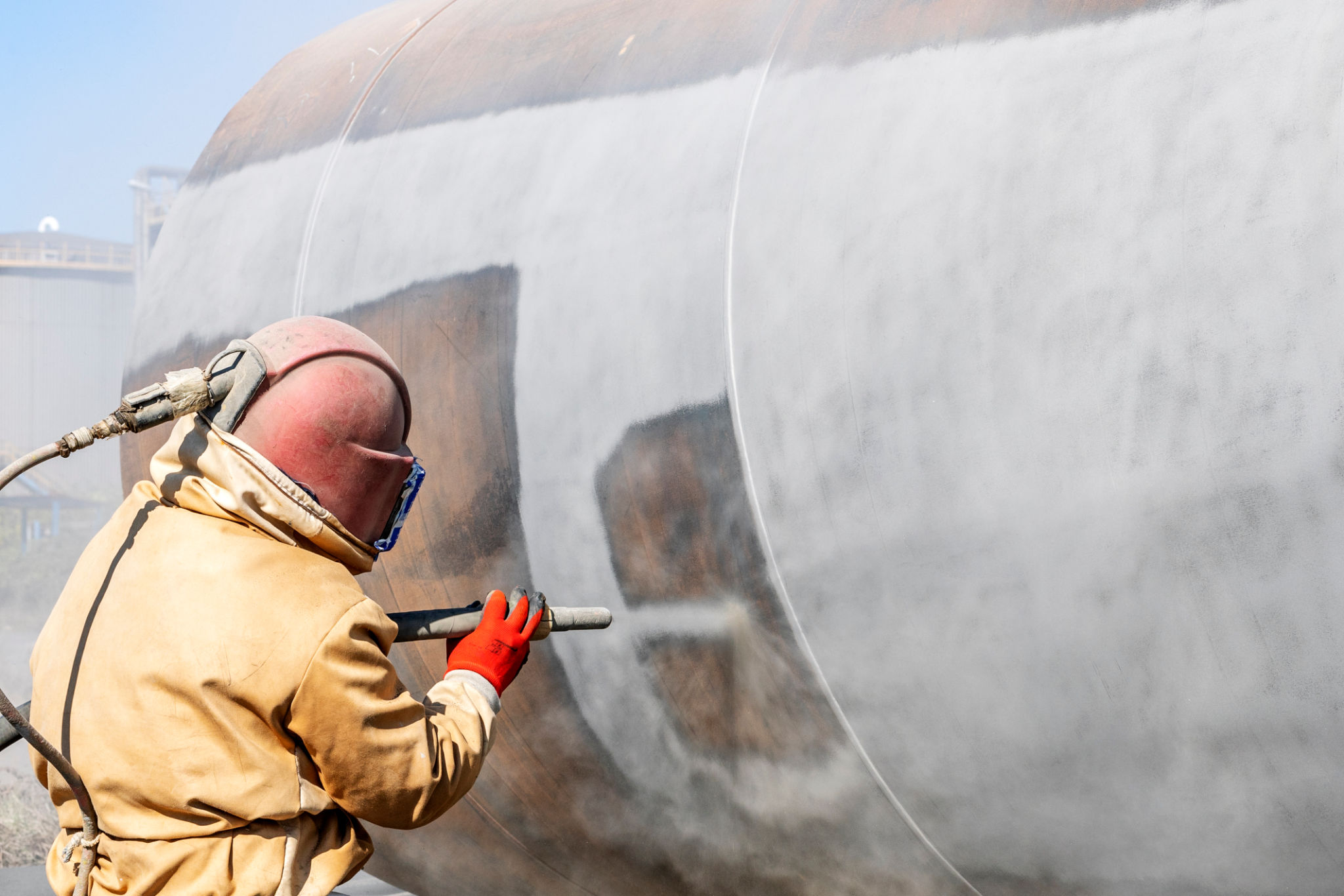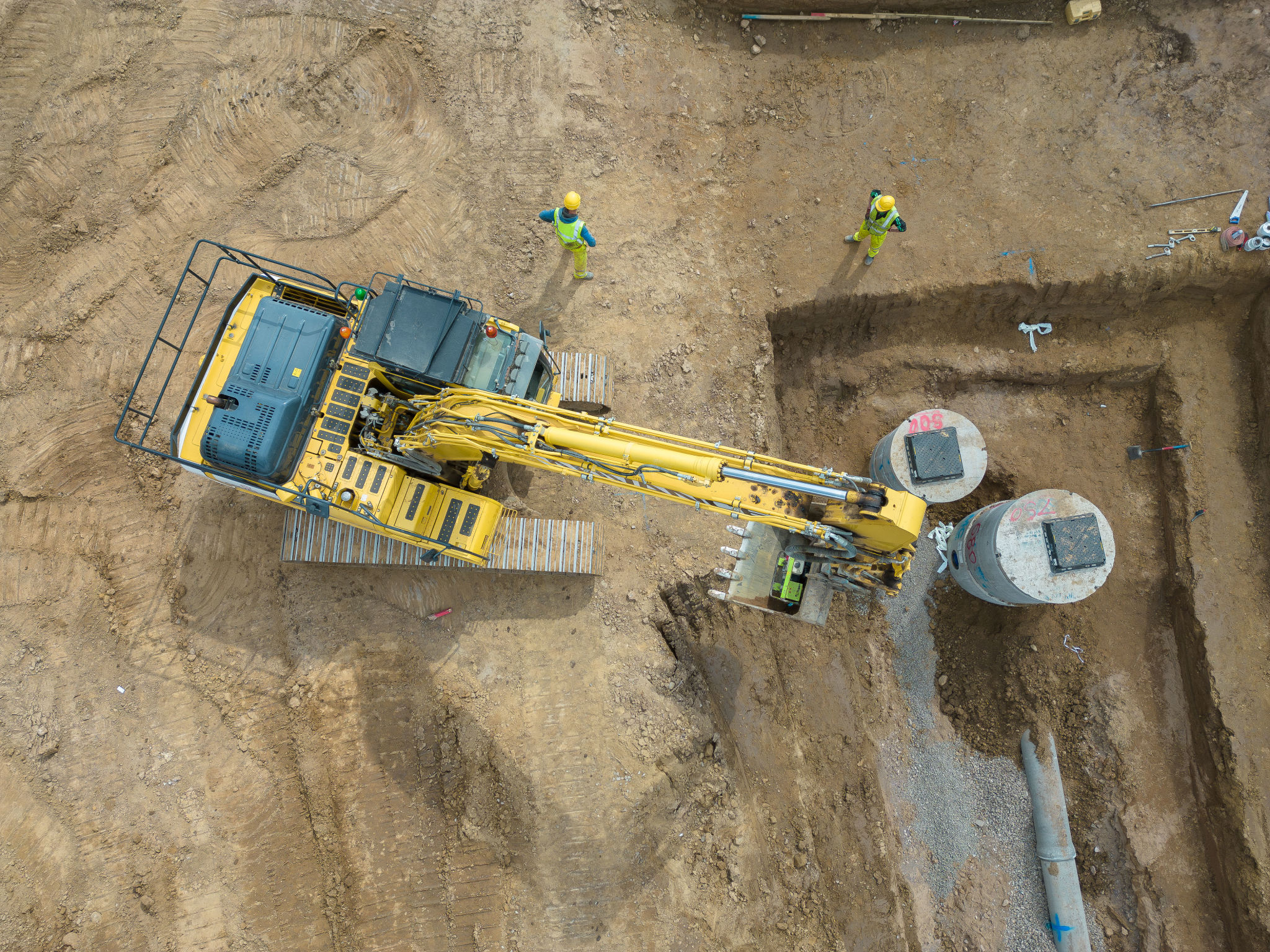5 Common Paving Mistakes and How to Avoid Them
PP
Paving can significantly enhance the aesthetic and functional value of any property. However, achieving the perfect paved surface requires careful planning and execution. Unfortunately, mistakes can happen, leading to costly repairs and unsatisfactory results. Here, we explore five common paving mistakes and how you can avoid them to ensure your project is a success.
Improper Surface Preparation
One of the most frequent errors in paving projects is inadequate surface preparation. Proper preparation is fundamental to ensure durability and evenness. Failing to remove debris, roots, or any other obstructions can lead to uneven surfaces and premature cracking.
How to Avoid
Before starting your paving project, make sure the area is thoroughly cleared and leveled. Use proper grading techniques to ensure adequate drainage. Investing time in preparing the base will pay off in the long run with a more durable and aesthetically pleasing pavement.

Using Incorrect Materials
Selecting the wrong materials for your paving project can lead to disappointing results. Different materials are suited for different purposes, and it's crucial to choose the right one based on usage and environmental conditions.
How to Avoid
Consult with professionals or conduct thorough research to understand the best materials for your specific needs. Whether it's asphalt, concrete, or paving stones, each has its own set of benefits and drawbacks. Ensure that the material you choose aligns with the intended use and local climate conditions.

Ignoring Drainage Needs
Poor drainage planning is another common mistake that can cause water pooling and damage to your paved surfaces. Water accumulation can weaken the base and cause cracks over time.
How to Avoid
Incorporate a drainage plan into your paving project from the start. Ensure that the surface slopes slightly to direct water away from structures and into designated drainage areas. This will help maintain the integrity of your pavement and extend its lifespan.

Improper Compaction
Compaction is critical for creating a stable base that supports the weight of vehicles and foot traffic. Inadequate compaction can lead to settlement issues and uneven surfaces.
How to Avoid
Use the right equipment and techniques to compact the base layers thoroughly. It's essential to compact each layer before adding the next one, ensuring a solid foundation that can withstand stress and weather conditions.
Neglecting Maintenance
Once your paving project is complete, it’s important not to overlook maintenance. Regular upkeep helps prevent minor issues from turning into major problems.
How to Avoid
Develop a maintenance schedule that includes cleaning, sealing, and repairing any minor damages as they occur. This proactive approach will keep your paved surfaces looking great and functioning well for years to come.

Avoiding these common paving mistakes can save you time, money, and frustration. By focusing on proper preparation, material selection, drainage planning, compaction, and maintenance, you can achieve a beautiful and durable paved surface that enhances your property’s value.
